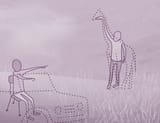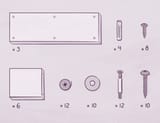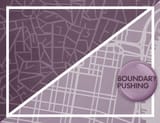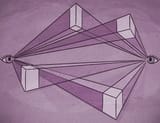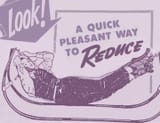
Art + Science: Creating a Comprehensive SEO Strategy That Complements a Beautiful Design
Let’s face it – SEO and UX design don’t have the greatest history together. In the early, nascent days of the web, designers used to joke that if you talked to an SEO professional, they’d advise that your website should include nothing more than a white background with black text, lots of hyperlinks, and repetitive, monotonous copy, all in the name of “keyword density.” Indeed, in the early days of search (going back to the era of Yahoo!, Excite, Hotbot, and Dogpile – before Google was even a public company), simplicity was key — and search engines could do little beyond scanning text on a page.
